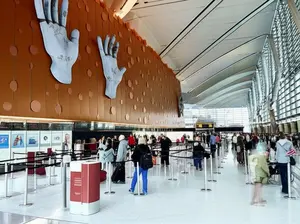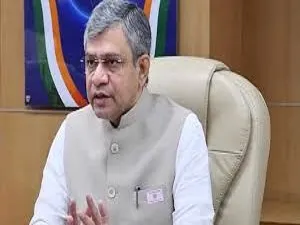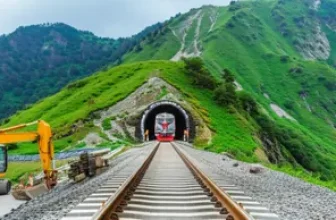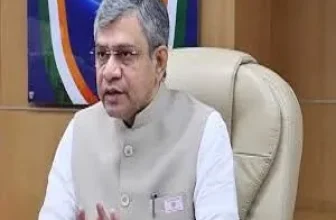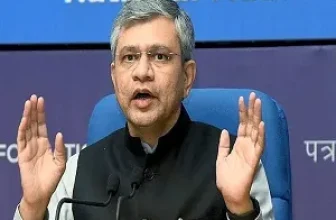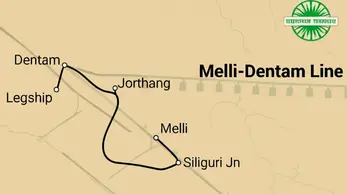
The Indian government is advancing in its plans for greater railway connectivity in the northeastern state of Sikkim. The Ministry of Railways has officially sanctioned a Final Location Survey (FLS) for a new railway line stretching from Melli to Dentam, which will connect through the towns of Jorethang and Legship. This project is anticipated to transform local infrastructure and drive economic development in the region.
The initiative carries an estimated cost of approximately Rs. 2.25 Crore and will be executed by the Northeast Frontier Railway (NFR). The route is envisioned to fulfill a crucial infrastructure gap, thus linking remote locales like Dentam—situated close to the Indo-Nepal border at Chiwabhanjyang—with India’s broader national railway network.
Railway Minister Ashwini Vaishnaw endorsed the project based on commitments made by local Member of Parliament Dr. Indra Hang Subba. The approval signifies a crucial step towards enhancing the connective fabric of southern and western Sikkim, underscoring the government’s focus on improving the transportation infrastructure in the region.
The proposed railway line is set to extend approximately 75 kilometers and will serve as a strategic extension of the Sivok-Rangpo railway line, which is currently under construction and aims to be operational by 2027. Melli is poised to become a key transit point, thereby providing effortless integration of the region into India’s railway system.
The planned FLS is critical as it encompasses detailed technical assessments, feasibility studies, and final alignment evaluations, all essential elements that will dictate the engineering design and overall cost of the undertaking. These steps are vital to ensure that the railway meets both operational standards and local needs.
Furthermore, the introduction of this railway line is expected to act as a significant catalyst for economic growth, particularly in districts like Gyalshing and its neighboring areas. Enhanced connectivity will likely facilitate easier movement of goods and people, thereby significantly boosting trade and tourism, which are crucial for the region’s economy.
This railway initiative is not merely a transportation project; it represents a transformative lifeline for local inhabitants. By improving access, the new railway line will create numerous employment opportunities, stimulate local businesses, and encourage investment in tourism-related ventures.
As the government prepares to float tenders for execution of the survey soon, there is palpable excitement among local communities who anticipate the benefits that such infrastructure will bring. The prospect of improved mobility and economic opportunities is a testament to the Indian government’s commitment to investing in the Northeast.
In conclusion, the approval of the Melli to Dentam railway line survey marks a watershed moment for Sikkim’s development trajectory. With a focus on bolstering infrastructure, the project promises to herald a new era of connectivity, unity, and economic prosperity that could redefine the quality of life for residents in this beautiful and remote region.

